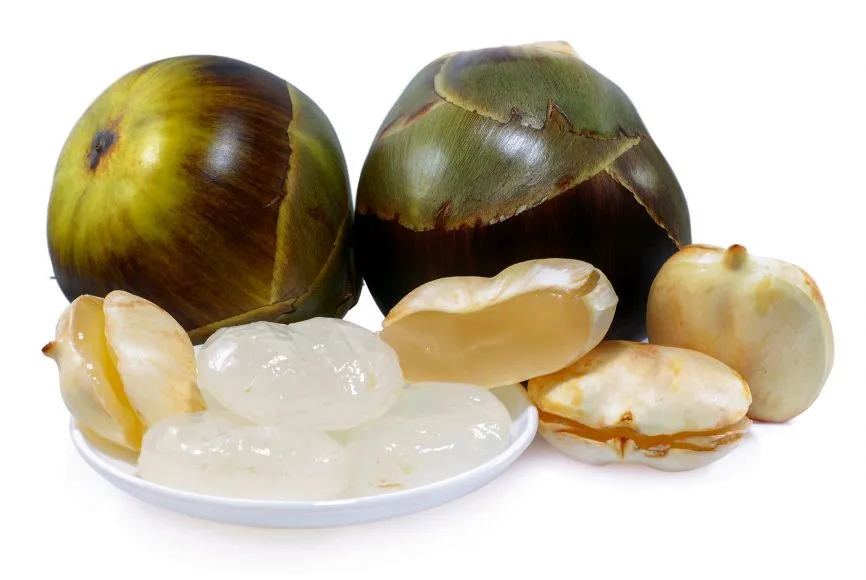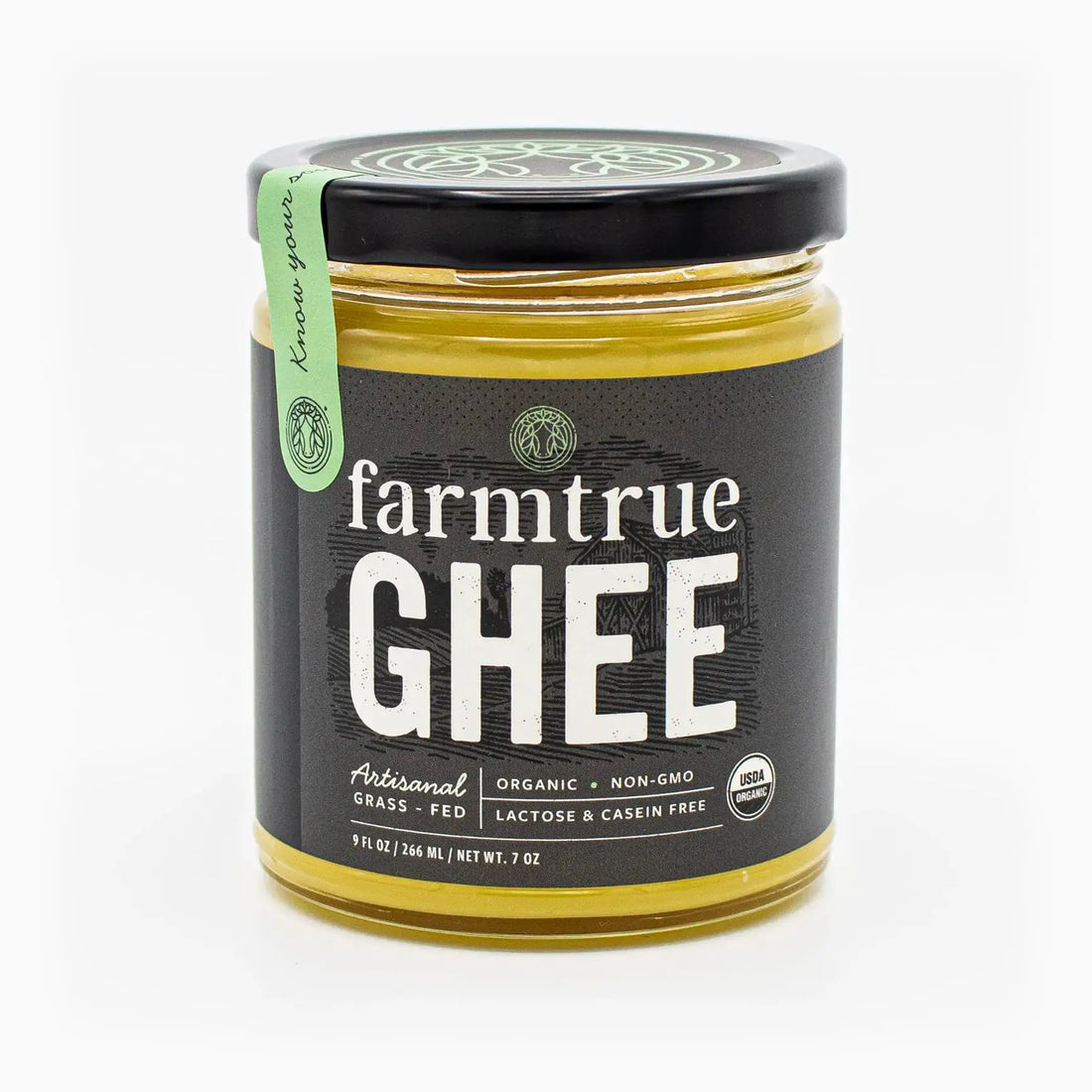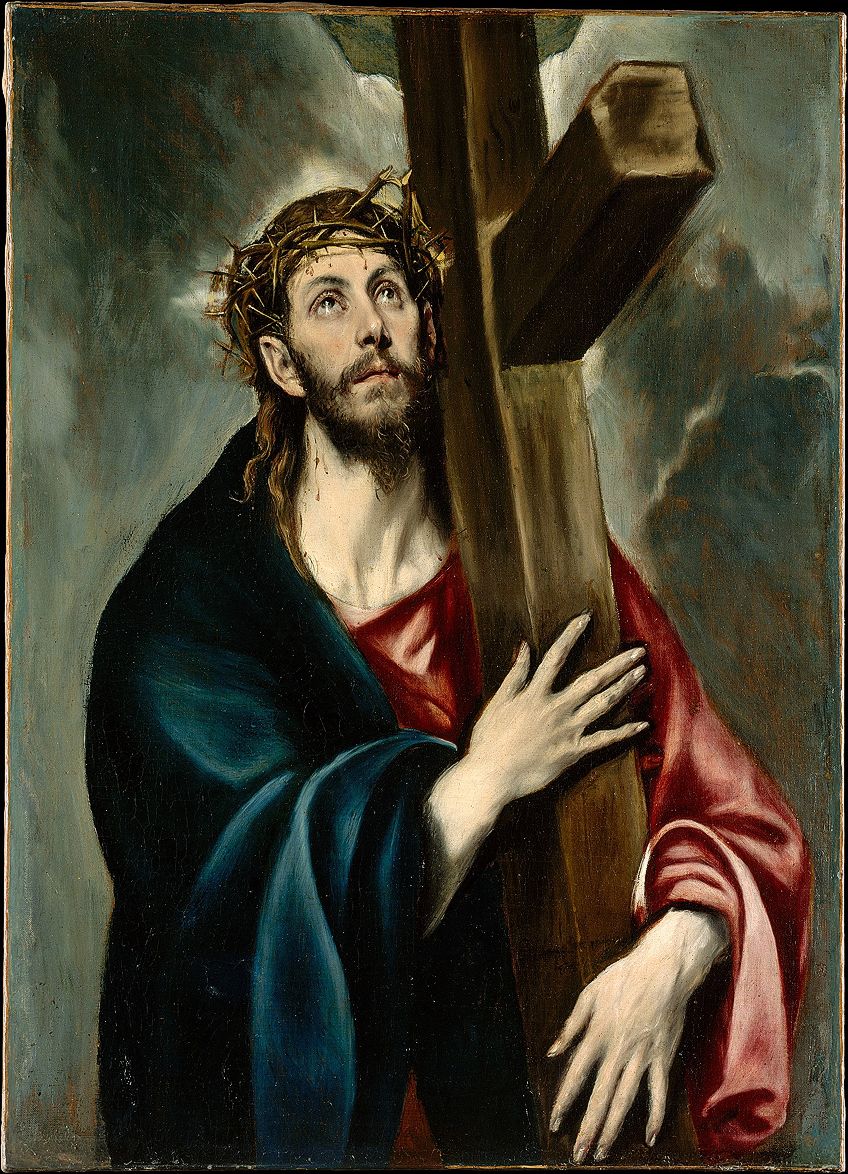This company holds the title of the world’s largest restaurant chain by number of locations, surpassing McDonald’s and Subway. It also went public in 2025.
Can you name the company?
Category: Food
[353]
According to “Housewife’s Corner” in an 1848 newspaper, the real recipe for “making Doncaster X is one pound of butter, one pound of sugar and a quarter of a pound of treacle, boiled together.” Food historians have several theories regarding the name and origin of this confectionery, but none is conclusive. One explanation is the meaning “to cut or score” for the word.
What is X?
[345]
What popular diet gets name from the Greek word for “old Stone Age” as it is based on the foods presumed to be available during the Stone Age?
[332]
X is an alkaloid found in chocolate, tea, cola beverages, acai berries and some other fruits. While these foods are safe for humans to consume, large doses of X can cause poisoning in smaller mammals, especially dogs and is called X or chocolate poisoning.
X in Latin also means ‘Food of the Gods‘.
Id X.
[323]
The dish was likely prepared first at Anchor Bar in New York.
Served hot with vegetable sticks accompanying it, there’s usually a dressing/dip that does along with the dish.
You may be confused that the name of the dish refers to a bovine, while it actually refers to the name of the area where it was first served.
[311]
Seen in the visual is St Brides Church, located on Fleet Street in London. Legend has it that a certain baker drew inspiration from the design of the church and created something which became a tradition across the world. What did he create?

[306]
In 1880s, Wilbur Atwater conducted experiments burning food items. A highly simplistic outcome of this experiments was the following equation:
X = 4*Carbohydrates + 9*Fat + 4*Protein
This output is followed the food industry till date.
What is this equation supposed to measure?
[293]
While there are a lot of theories on the origin of the word X, one common theory states that it is taken from a Chinese word for ‘brine of pickled fish‘.
Closer to the current day, X actually started with mushroom being its main ingredient in 1770.
It’s around 100 years after this, in 1870 that Henry John Y started bottling X and can now be found the world over.
What am I talking about?
[272]
During the American Liquor Prohibition period, Southern California elites would go to Tijuana for a drink. It was in this time period that X opened a restaurant in Tijuana.
According to an urban legend, on July 4th, 1924 the restaurant received too many guests & X threw together whatever leftovers he had. The dish was originally supposed to be a finger food, but has become an emperor of a dish.
What am I talking about?
[265]
In 2013, United Nations Food and Agricultural Organization released a report “Edible X: Future prospects for food and feed security”.
It talks about X being a very efficient method of turning various forms of vegetable matter into proteins: we do better eating X that has eaten the grass than we would eating the grass directly.
What was the report recommending we eat?
[257]
X was started as a product shipped to India in the 18th century, under the control of the British East India Company. It originated to combat the long and harsh conditions of sea voyage in which other products would turn stale or sour. This was done by adding in high quantity a member of the Cannabaceae family of flowering plants, which also gave it a bitter (though acquired) taste.
What am I talking about?
[250]
In Japan, X sounds similar to Kitto Katsu (きっと勝つ), translated as “You will surely win”. The company behind X has tried to leverage this by positioning the product as a good luck charm, especially for students.
The people can also write messages on X & directly mail it via post for good luck.
Also, the product has 70+ variants in the country.
Can you identify X?
[235]
X is a 45 year old restaurant, featuring among the top ones in Asia & frequented by Presidents, Prime Ministers & Rock Stars. In fact, the most famous dish at the restaurant is named after X and has a legendary status of its own (known for its slow cooking).
Though there is no relation to the cuisine, the name X comes from one of the cities in Uzbekistan.
Identify the restaurant.
[219]
Talgoda or Taal or Ice Apple is a fruit from the palm family and is found in South Asia in the summer months.
The fruit consists of a pulpy center which is filled with a liquid. This is thought to be the inspiration behind a sweet from Eastern part of India.
Can you identify the sweet?

[212]
About 50% of this fruit’s production comes from India, which is also seen from its scientific name Mangifera indica. It was especially famous with the Mughal emperors, Akbar commissioned an orchid of 1,00,000 trees called Lakhi Bagh near Darbhanga, Bihar.
Today companies like Reliance, Essar are some of the largest exporter of it.
Can you identify this fruit?
[197]
X is an oil which is derived from a special variety of rapeseed, modified to have lesser erucic acid, and hence be healthier. The name of the oil is a portmanteau which includes the country of its origin, which is Canada.
Can you guess the name of the oil?
[134]
Connect.


[110]
What word is used to refer to either:
-a particular cut of meat, usually veal, used in Italian and French cooking, usually cooked in wine or other sauces, or
-a type of bivalve mollusc that is prized both for its meat that is sold as seafood and for its symmetric, fluted, fan-shaped shells?
[107]
The origin of term X dates back to 16th century England, when spirits were taxed at different rates depending on their alcohol content. Spirits were tested by soaking a pellet of gunpowder in them and then setting the pellet on fire. Id X, a term commonly seen on alcohol bottles.
[106]
In the 1860s, Corsican chemist Angelo Mariani formulated Vin Tonique Mariani, a wine containing a little special ingredient that was said to give it medicinal properties. Mariani claimed it would “restore health, strength, energy and vitality” to those that drank it – and to be fair, it did receive glowing endorsements from many notables of the time, including Thomas Edison, Ulysses Grant, and even Popes Leo XIII and Pius X (Pope Leo actually awarded Mariani a Vatican gold medal for inventing it.)
Naturally, this being the late 19th century, Mariani’s recipe was swiftly duplicated and recreated by others to sell copycat products – including enterprising American pharmacist X, who added yet another special something to the formula. He named the resulting concoction after himself and marketed it as a panacea, accompanied with fantastic claims of it being “a most wonderful invigorator of the sexual organs”, among other things.
Late 19th-century prohibition laws forced X to come up with a non-alcoholic version of the drink, though, and eventually Mariani’s special addition was also removed, resulting in an early version of something that is still popular today.
Who is X, and what did he invent?

